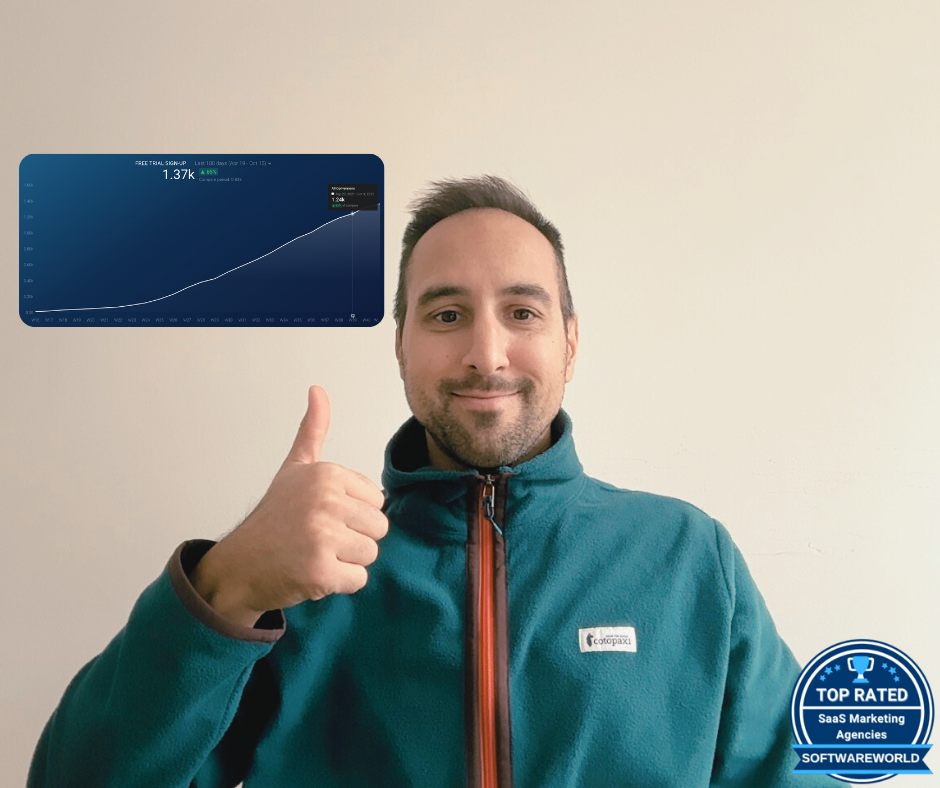Building a Customer Acquisition and Retention Engine For Early-Stage SaaS
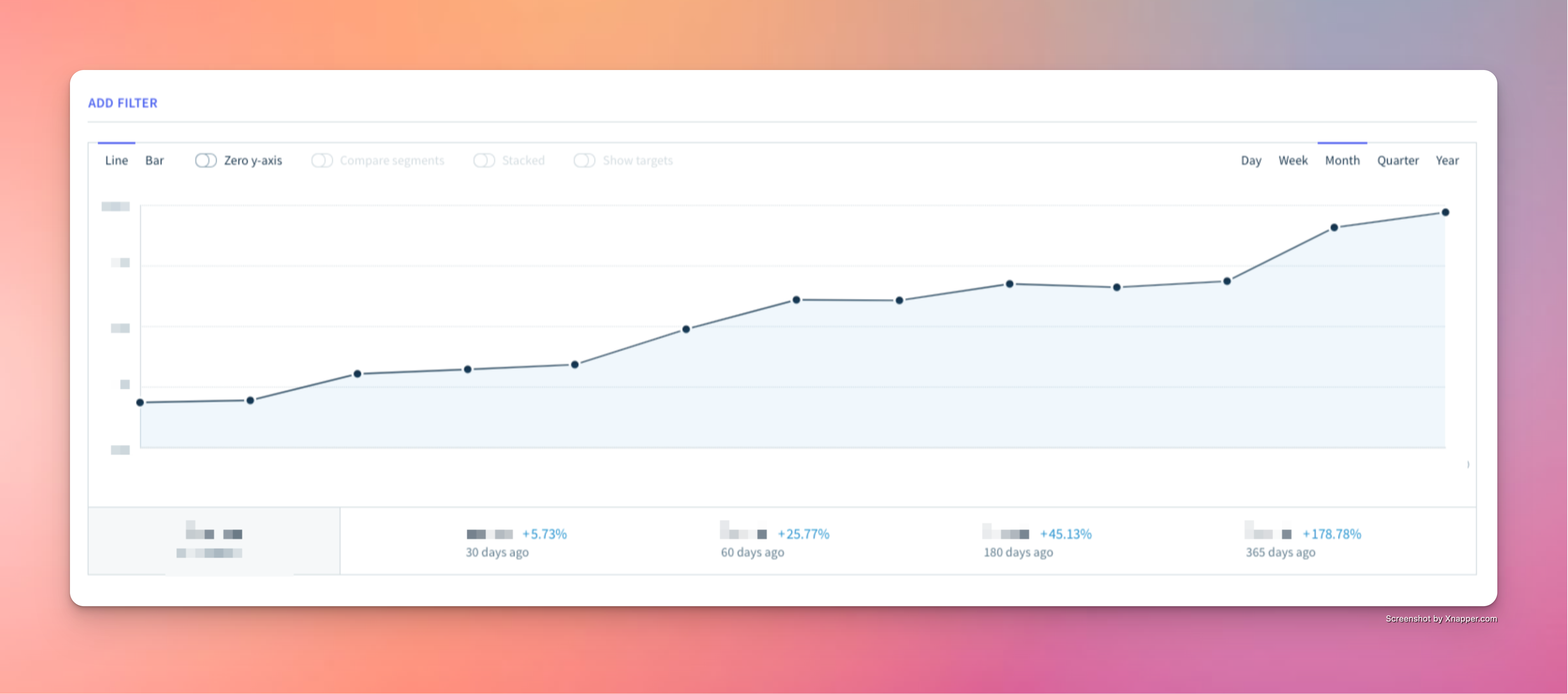

Revenue Growth
Churn Reduction
Customer LTV Growth
I joined an early-stage B2B SaaS company generating roughly $5,000 in monthly recurring revenue. The product competed in one of the most saturated B2B SaaS verticals - think industry giants with million dollar valuations with years and decades of market persistence. Their Product Hunt campaign brought in some customers, a handful of blog posts written by the founder and Head of Product, and that's it. No defined GTM strategy, no customer acquisition engine, no clear understanding of who the product was actually built for.
Quick performance comparison after 12 months of engagement
Most early-stage startups skip the hard work of defining their ideal customer profile. They know their product solves problems, so they try to sell to everyone who might need it. Without a clear ICP, marketing dollars get wasted targeting people who'll never convert or customers who churn after three months because the product wasn't built for their use case.
1. Current Customer Analysis
I pulled every customer account and categorized them into two categories:
I looked at usage patterns, feature adoption, and revenue per account. The patterns were clear, digital and technology companies had higher activation rates, longer retention, and better feature adoption.
2. Product and ICP Alignment
I spent time with the product team understanding what they were building and why. What problems were they solving that competitors weren't? Which customer workflows were they optimizing for? The roadmap confirmed that nearly every feature in development solved problems specific to technology and creative teams.
3. Market Research
I joined online communities, read competitor reviews, and talked to people in target segments. I asked questions like "What's broken about the tools you're using?" and "What would make you switch?" The patterns that emerged told me where opportunity existed. Final decision led to narrowing ICP to technology, digital and creative teams. Not because other segments couldn't use the product, but because that's where we could win. Better activation, lower churn, higher LTV, and a product roadmap aligned with their needs.
The entire process took around three months of research and internal debate. The founder worried about limiting the addressable market. The concern was valid, we were saying no to potential revenue, but trying to serve everyone meant we'd lose to competitors who specialized.
With a clear ICP, I could finally build an acquisition strategy that wasn't just throwing budget at channels and hoping something worked. I needed channels where technology and creative teams were actively looking for solutions.
Organic search became the foundation. The challenge in a saturated market is that ranking for generic terms is nearly impossible when you're competing against companies with decade old domain authority. The approach was specificity over volume. Instead of trying to rank for broad terms, we targeted comparison keywords and use case specific searches. These had lower search volume but dramatically higher intent and conversion rates.
Paid media came second, but it was strategic from day one. I built Google Ads campaigns around two core strategies:
1. Competitor targeting
Bidding on competitor brand terms and comparison keywords. When someone searched for a competitor, they'd see our ad with messaging that highlighted our differentiators for creative and technology teams.
2. High-intent keywords
Someone searching specific use case search term landed on a page built specifically for that use case. And this is where activation started during acquisition - when they signed up, their onboarding showed custom project templates for their use case.
We weren't just targeting the right people in ads. We were maintaining that relevance through the landing page and into the product experience. Most companies treat acquisition and activation as separate problems. They're not.
Organic search had another advantage - it compounds. Paid media stops the second you stop spending but content keep working even after years. After we produced a reasonable amount of content I brought on a dedicated link building specialist and created a complete backlink acquisition playbook.
In our best months, we generated 100+ relevant backlinks. The domain rating climbed from 13 to 44 over 12 months.
The content strategy reinforced this. We created ICP-specific content solving actual workflow problems and invested heavily in competitor comparison content. These converted exceptionally well because people reading them were already in evaluation mode.

We used paid media as a testing ground for SEO. When a paid keyword converted well, we'd analyze why and build content targeting that keyword organically. When organic content performed well, we'd amplify it with paid spend to accelerate results.
The data loop: run paid campaigns → identify high-converting keywords → create organic content → use organic performance to refine paid targeting. Continuous iteration between channels.

The free trial signup spike happened around month seven, when paid media strategy was clearly defined and SEO started gaining traction. That's the reality of building acquisition engines - the first few months are setup and testing. The results compound after that.

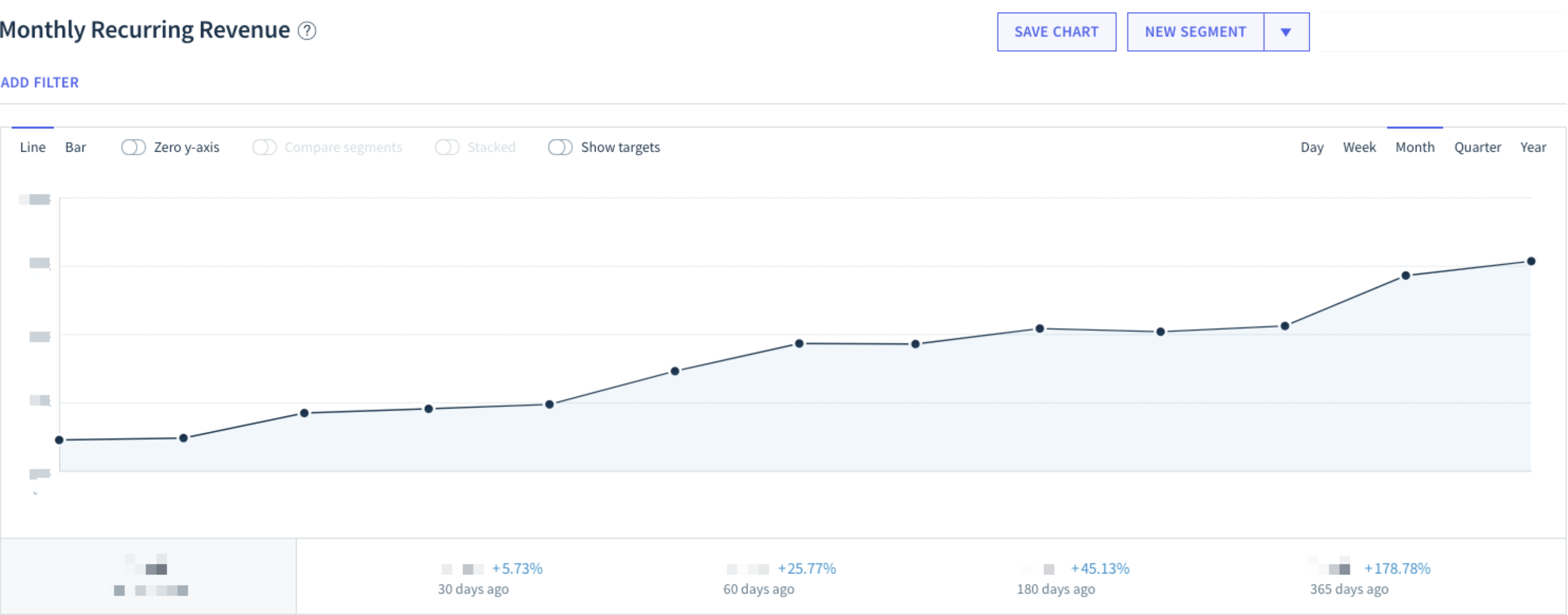
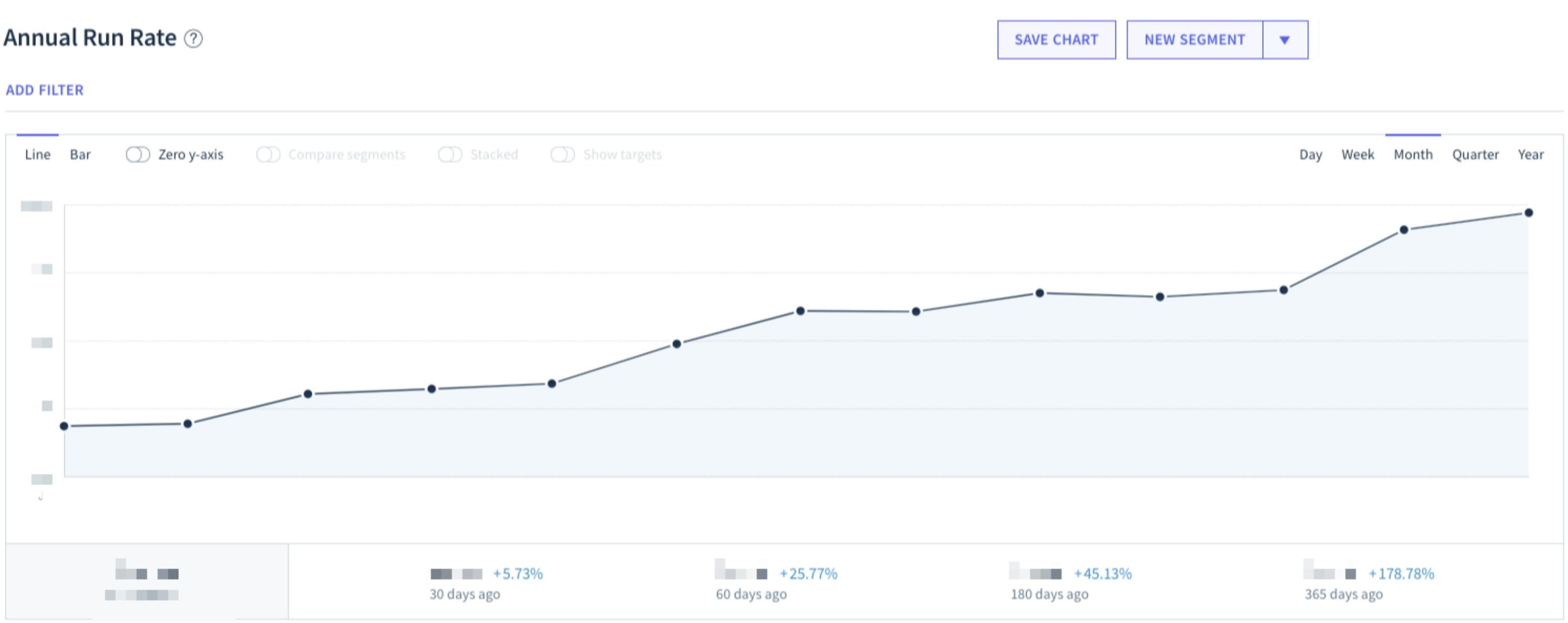
This didn't work immediately. The first two months of paid media campaigns lost money while we tested messaging, targeting, and landing pages. SEO took four months before we saw meaningful traffic. The compounding didn't start until month six.
Most SaaS companies treat churn as a retention problem. It's not. Churn starts when you acquire the wrong customer. When we tightened ICP targeting in acquisition, churn started dropping immediately. Customers who matched the profile were more likely to complete onboarding, adopt core features, and stick around. But acquisition without adoption and retention strategy don’t fix churn.
The initial signup process had multiple steps and required email verification before users could access the product.
Trial Sign Up Improvements After 6 Months of Optimization
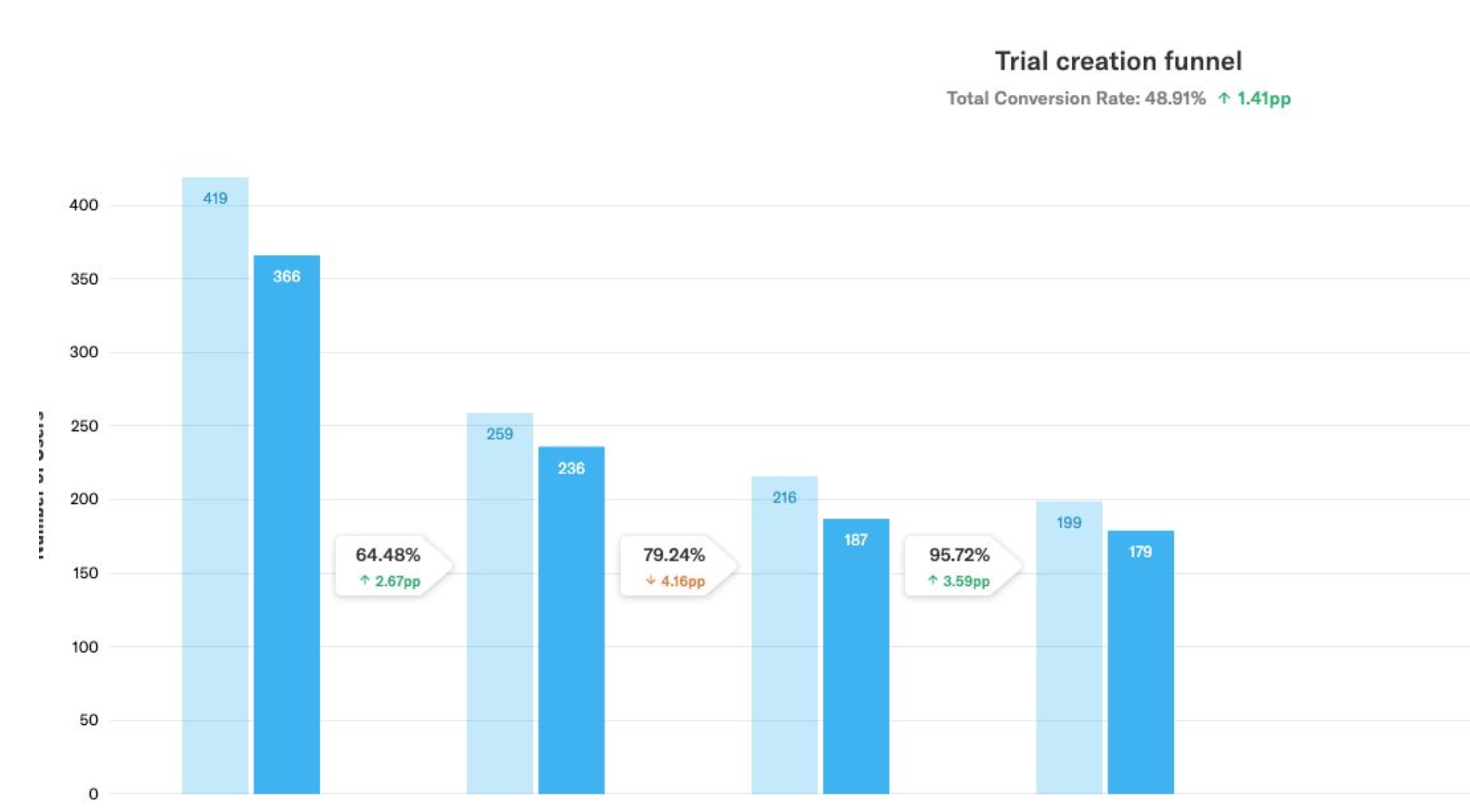
I worked with the dev team to shorten the signup flow and fix the technical issues causing verification emails to land in spam. We tested different onboarding sequences - what information we collected upfront versus what could wait.
The onboarding process had four steps: choose a theme, import data, send team invitations, and access the dashboard. We tracked conversion rates at each step and identified where people dropped off.
Trial Sign up steps
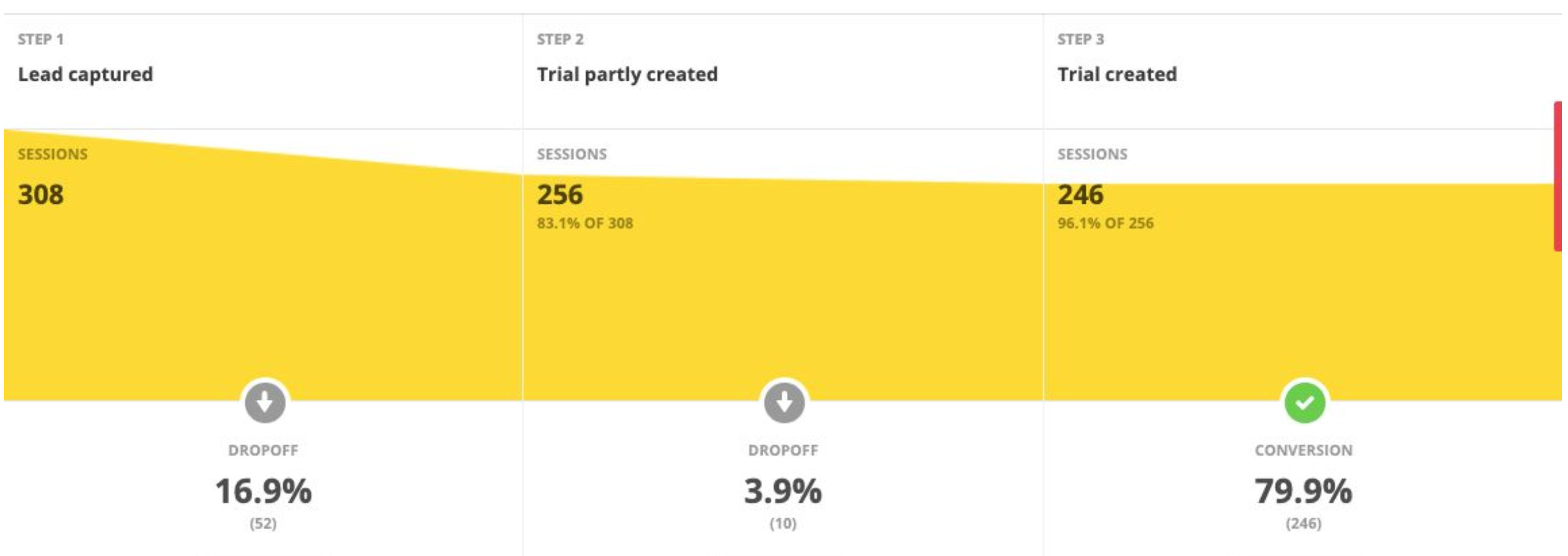
Onboarding steps
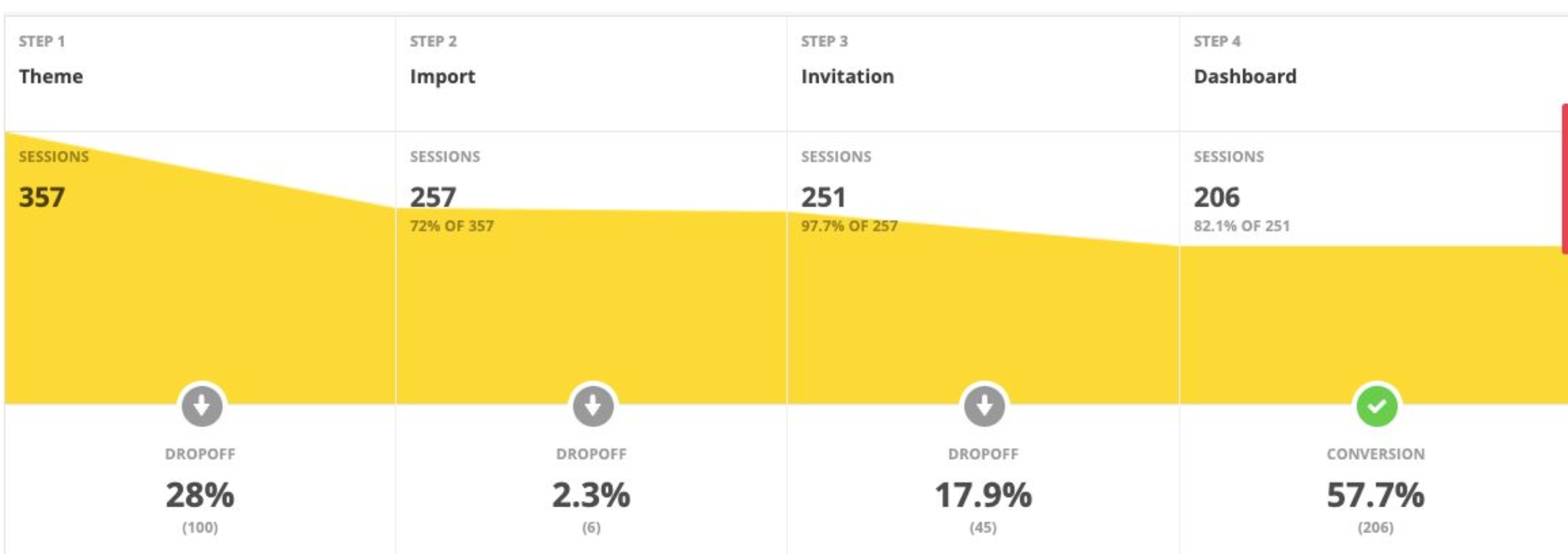
The biggest improvement came from connecting onboarding to acquisition. When someone signed up from a "creative studio" landing page, their onboarding showed project templates built for creative studios. When a software team signed up, they saw agile workflow templates.
The company's approach to customer support was entirely reactive. I shifted the strategy to proactive communication. We automated messages based on user behavior:
Incomplete onboarding → targeted emails addressing friction points
No team invitations → tips on collaboration features
Regular communication: weekly digests, in-app messages, surveys
Then we built advanced drip email campaign sequences for onboarding and activation, product announcements, nurturing and transactional campaigns.
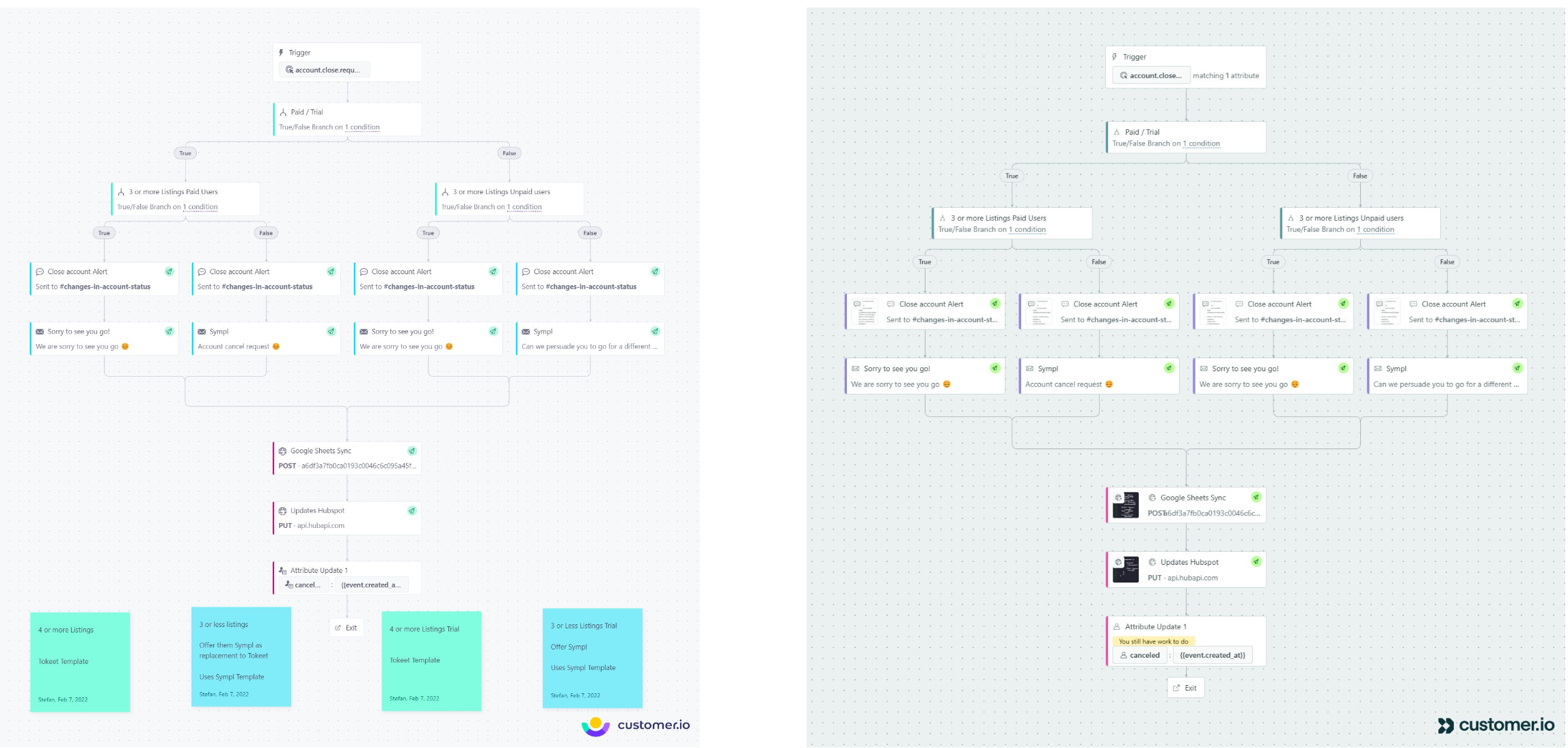
This wasn't basic SaaS playbook stuff executed once. Real customer care is ongoing, behavior-driven communication that helps users get value from the product.
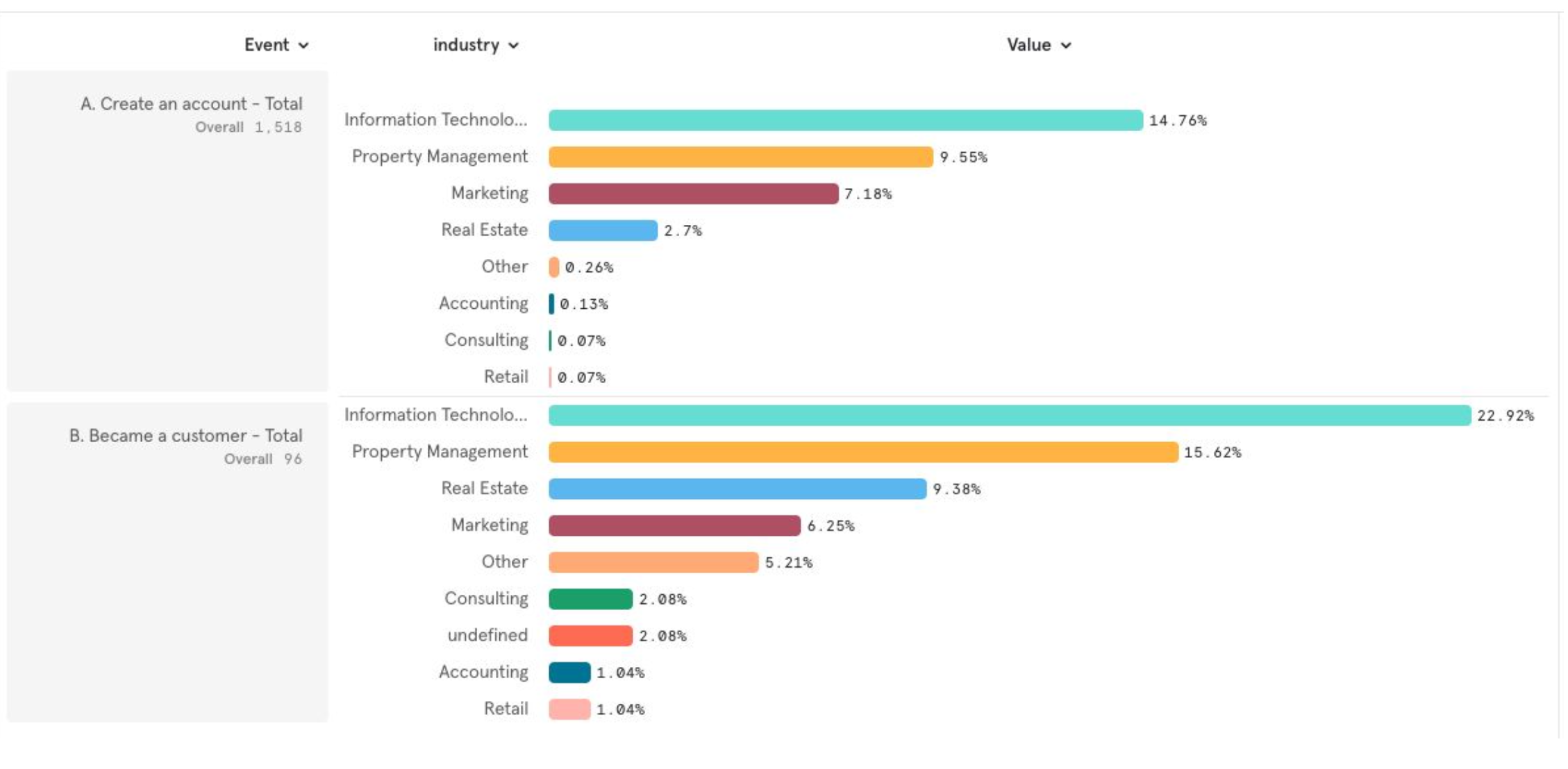
Conversion Rate by Industry Vertical
The data confirmed our ICP hypothesis. Information Technology companies had the highest conversion rates at every stage of the funnel - exactly the segment we'd optimized for.
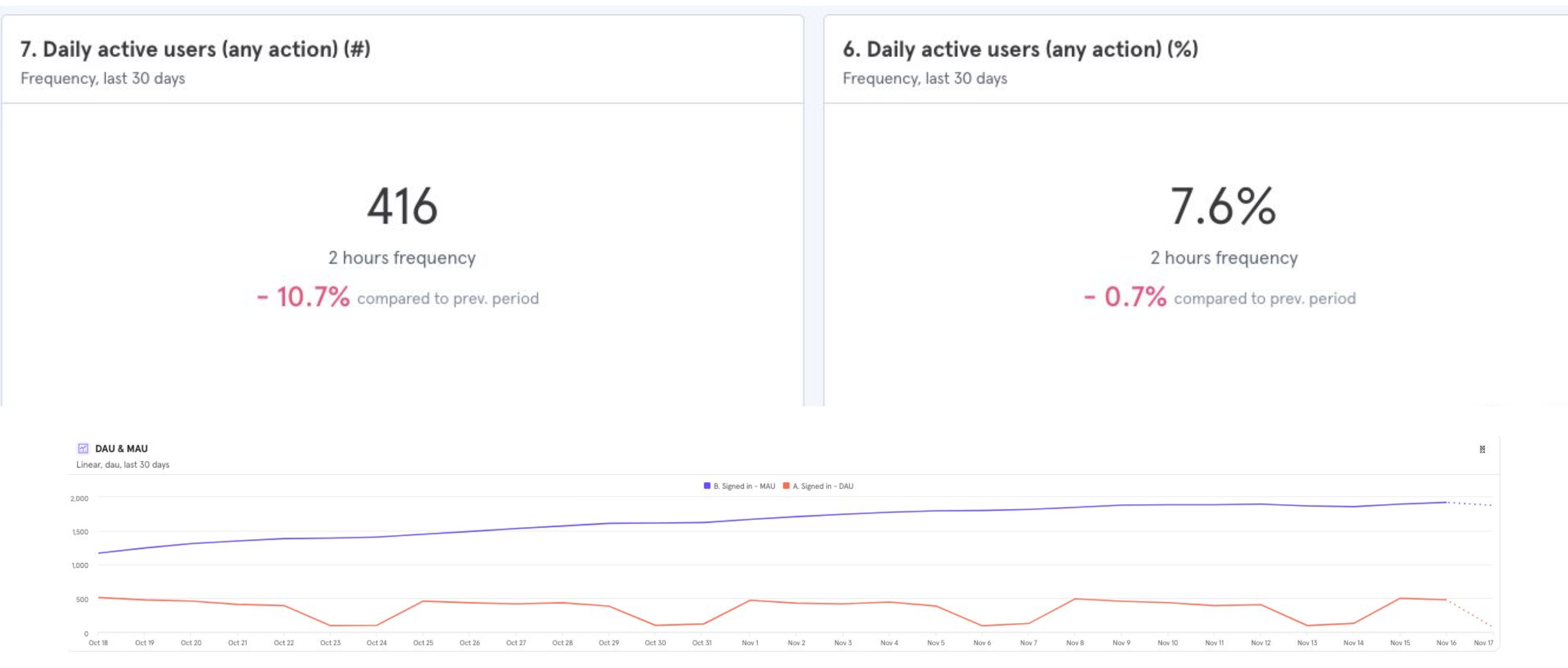
While absolute DAU showed a slight decline during certain periods, this correlated with improved user quality. We were attracting fewer but better-fit customers who stayed longer.
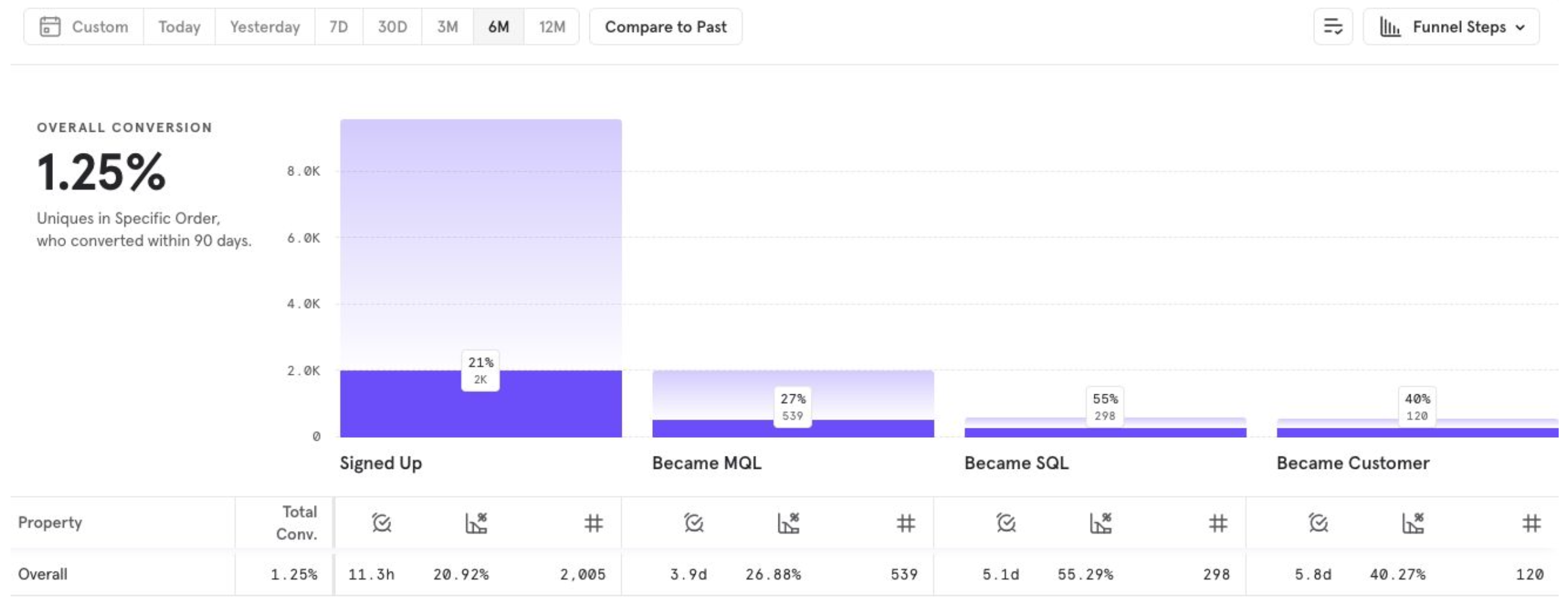
We tested multiple pricing models and packaging strategies. The goal wasn't to maximize revenue per customer - it was to find pricing that worked best for our ICP.
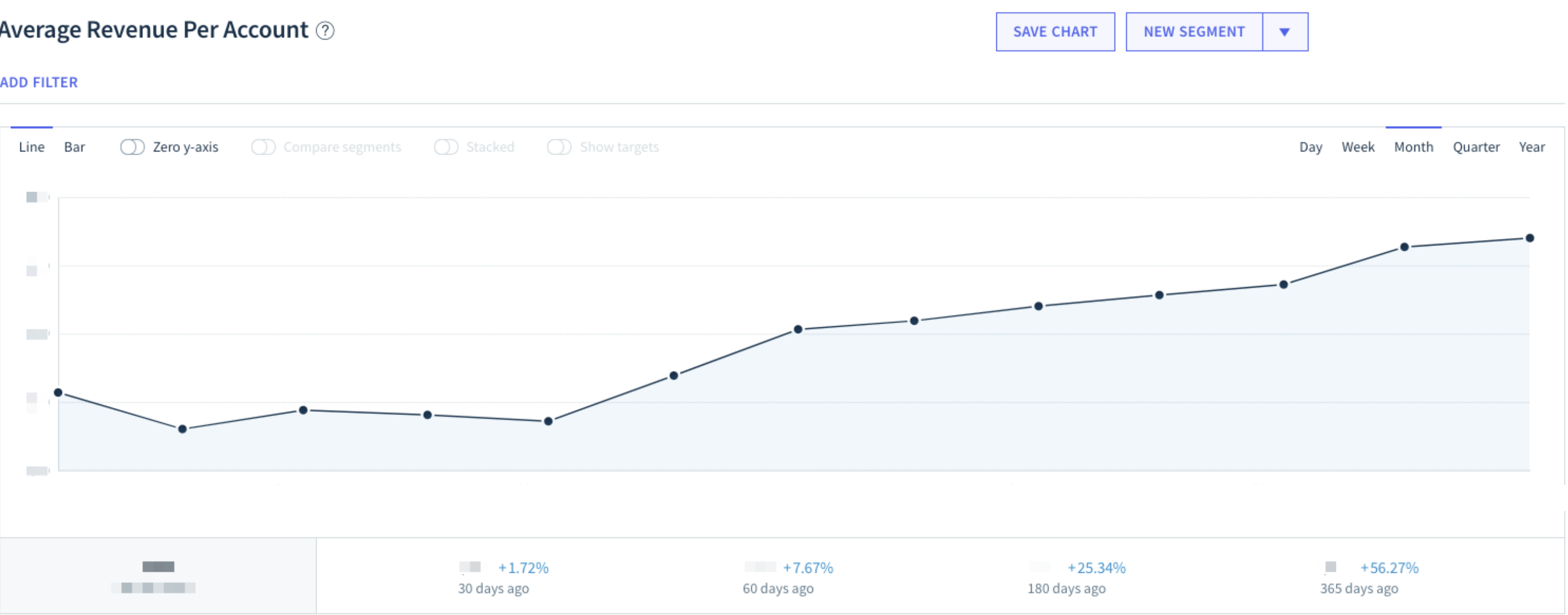
The gap in August occurred due to churn of several large client accounts. Real activities started in September. From September onward: 35.77% increase in ARPA
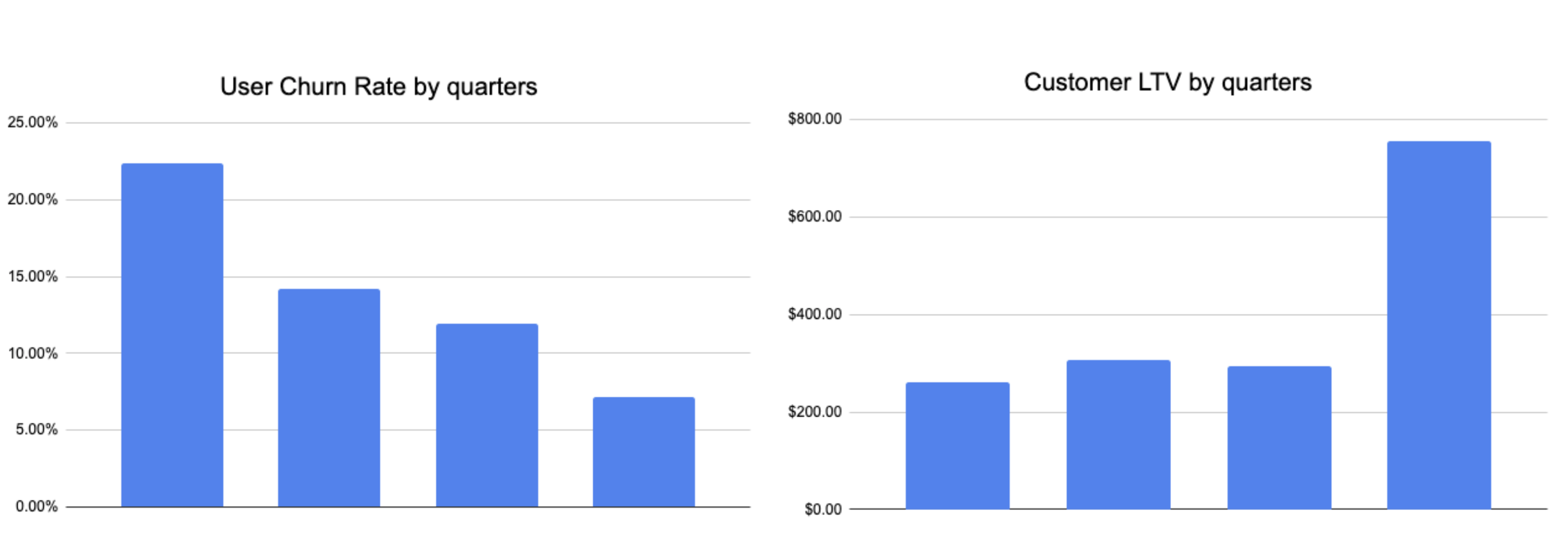
Customer Lifetime Value
Churn Rate
These aren't just good metrics - they're the difference between a business that bleeds customers and one that compounds growth. Churn reduction took six months of continuous improvement. There was no single fix. It was tighter ICP targeting, better onboarding, proactive support, and pricing optimization working together.
You can't scale growth without systems. I built the acquisition engine, onboarding flows, and customer communication infrastructure while managing a team of four people handling content, SEO, link building, and customer care.
The key was creating playbooks and automating what could be automated. The link-building specialist had a documented process for outreach. The content team had guidelines for ICP-specific articles. Customer communication ran through automated sequences triggered by user behavior.
Building infrastructure is boring and time-consuming. Most early-stage companies skip it and rely on gut instinct. You can't optimize what you don't measure, and you can't scale what isn't systematized.
The financial metrics tell part of the story, the real impact was positioning. The company went from an unknown product struggling to compete against industry giants to a credible alternative with clear differentiation, predictable growth, and a defined market position.
Twelve months is a long time when you're building from zero. The first three months were research and setup. Months four through six were testing and iteration. The compounding didn't start until month seven. Growth takes longer than anyone wants to admit, but once the engine is built, it runs.
During our meeting, we’ll dive into my GTM framework and explore actionable strategies tailored to your business. Whether you're just getting started or already investing hundreds of thousands in marketing - just pick a date on the calendar, and I’ll personally follow up with the next steps.
Book a Discovery Call